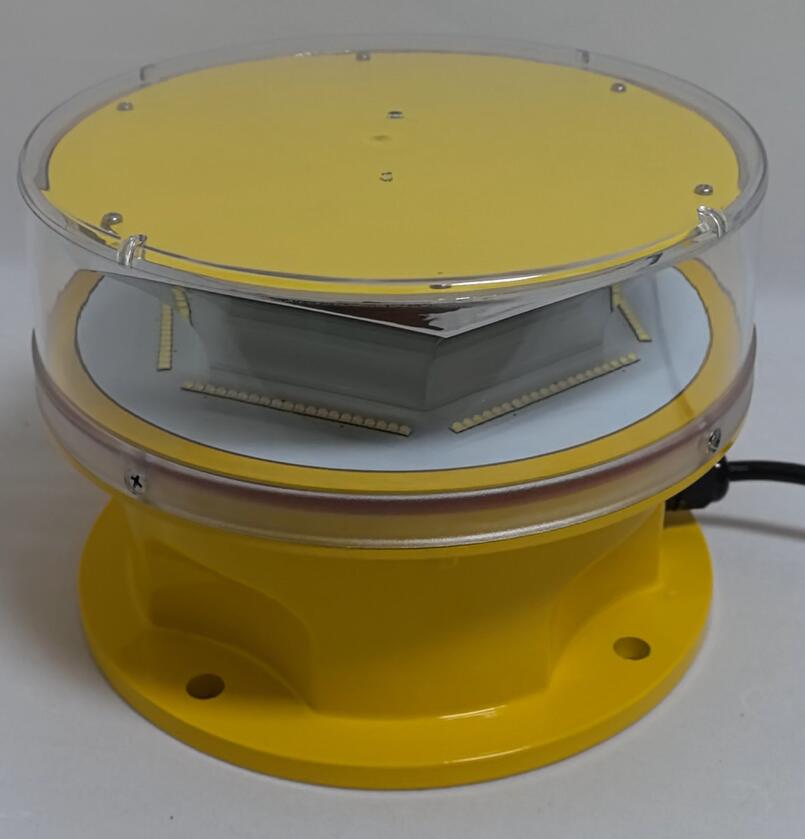In the realm of scientific inquiry, certain phrases hold the promise of unlocking mysteries and opening new frontiers of understanding. "
Medium intensity obstruction light " is one such intriguing combination of words that beckons us to explore the unknown.
Light, in all its forms and intensities, has fascinated humanity since time immemorial. It is the essence of vision, enabling us to perceive the world around us. Medium intensity light, neither too faint to be barely noticeable nor overly bright to be blinding, strikes a delicate balance. It is a realm where subtleties can be observed, and nuances can reveal themselves.
Obstruction, on the other hand, presents a challenge. It is an impediment that disrupts the flow of light, creating shadows and altering its path. When medium intensity light encounters an obstruction, a complex dance of physics begins. The interaction between the light and the obstruction can give rise to a myriad of phenomena.
Imagine a beam of medium intensity light passing through a translucent material. The obstruction offered by this material causes the light to scatter, diffract, and refract. The result is a beautiful play of colors and patterns, a visual symphony that hints at the underlying laws of nature. This is just one example of how medium intensity obstruction light can manifest itself in the physical world.
In the field of optics, medium intensity obstruction light holds great significance. Scientists and engineers are constantly striving to understand how light behaves when it encounters various obstructions. This knowledge is crucial for the development of advanced optical devices, such as lenses, prisms, and filters. By carefully controlling the obstruction of medium intensity light, it is possible to manipulate its properties and create new and useful optical effects.
| Medium Intensity Obstruction Light |
T7 |
For instance, in the design of camera lenses, understanding medium intensity obstruction light can help improve image quality. The way light is obstructed by the lens elements can affect sharpness, contrast, and color reproduction. By optimizing the design to minimize unwanted obstructions and maximize the useful transmission of medium intensity light, photographers can capture stunning images with greater clarity and detail.
In astronomy, medium intensity obstruction light can play a role in understanding the cosmos. The light from distant stars and galaxies must travel through vast expanses of space, often encountering obstructions such as dust clouds and gas nebulae. These obstructions can absorb, scatter, or otherwise modify the light, making it difficult to observe and study these celestial objects. By analyzing the effects of medium intensity obstruction light on astronomical observations, astronomers can gain insights into the nature of these obstructions and the objects they hide.
Moreover, in the realm of medicine, medium intensity obstruction light can have applications in diagnostic imaging. Techniques such as X-ray, ultrasound, and magnetic resonance imaging rely on the interaction of different forms of energy with the human body. In some cases, medium intensity light can be used to illuminate internal organs or tissues, and the obstruction caused by abnormalities or diseases can be detected. By studying the behavior of medium intensity obstruction light in medical imaging, researchers can develop more accurate and efficient diagnostic tools.
But the study of medium intensity obstruction light is not without its challenges. The complexity of the phenomena involved requires sophisticated experimental setups and advanced theoretical models. Scientists must grapple with issues such as the nature of the obstruction, the properties of the medium through which the light passes, and the interaction between different wavelengths of light.
To overcome these challenges, interdisciplinary collaboration is essential. Physicists, engineers, astronomers, medical researchers, and others must come together to share their knowledge and expertise. By pooling their resources and insights, they can make significant progress in understanding medium intensity obstruction light and unlocking its potential.
In conclusion,
medium intensity obstruction light is a captivating concept that holds the key to many scientific and technological advancements. As we continue to explore this fascinating realm, we are bound to uncover new insights and applications that will enrich our understanding of the world and improve our lives. Let us embrace the challenge and embark on a journey of discovery, decoding the mysteries of medium intensity obstruction light and unveiling the hidden realms it holds.





